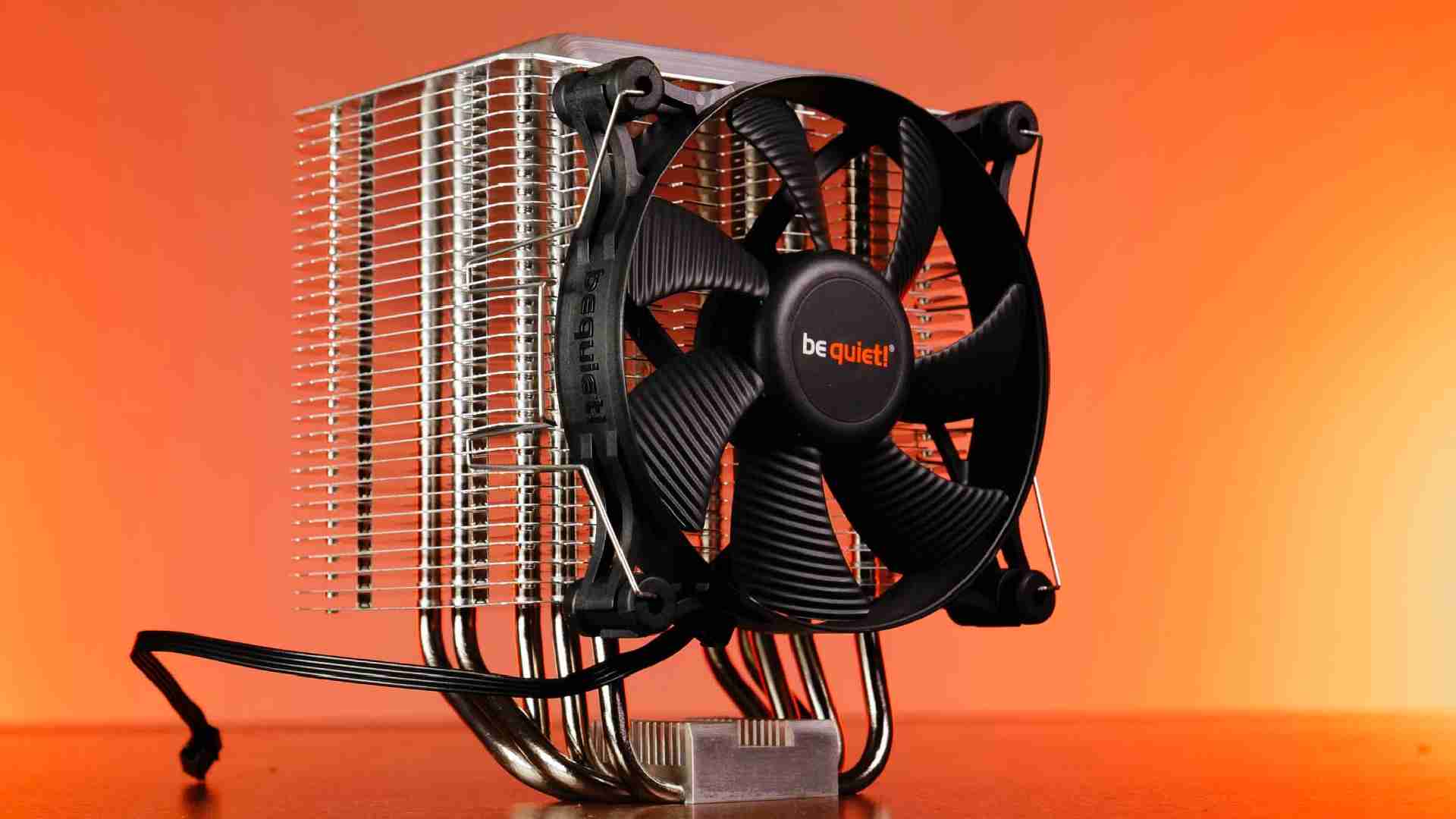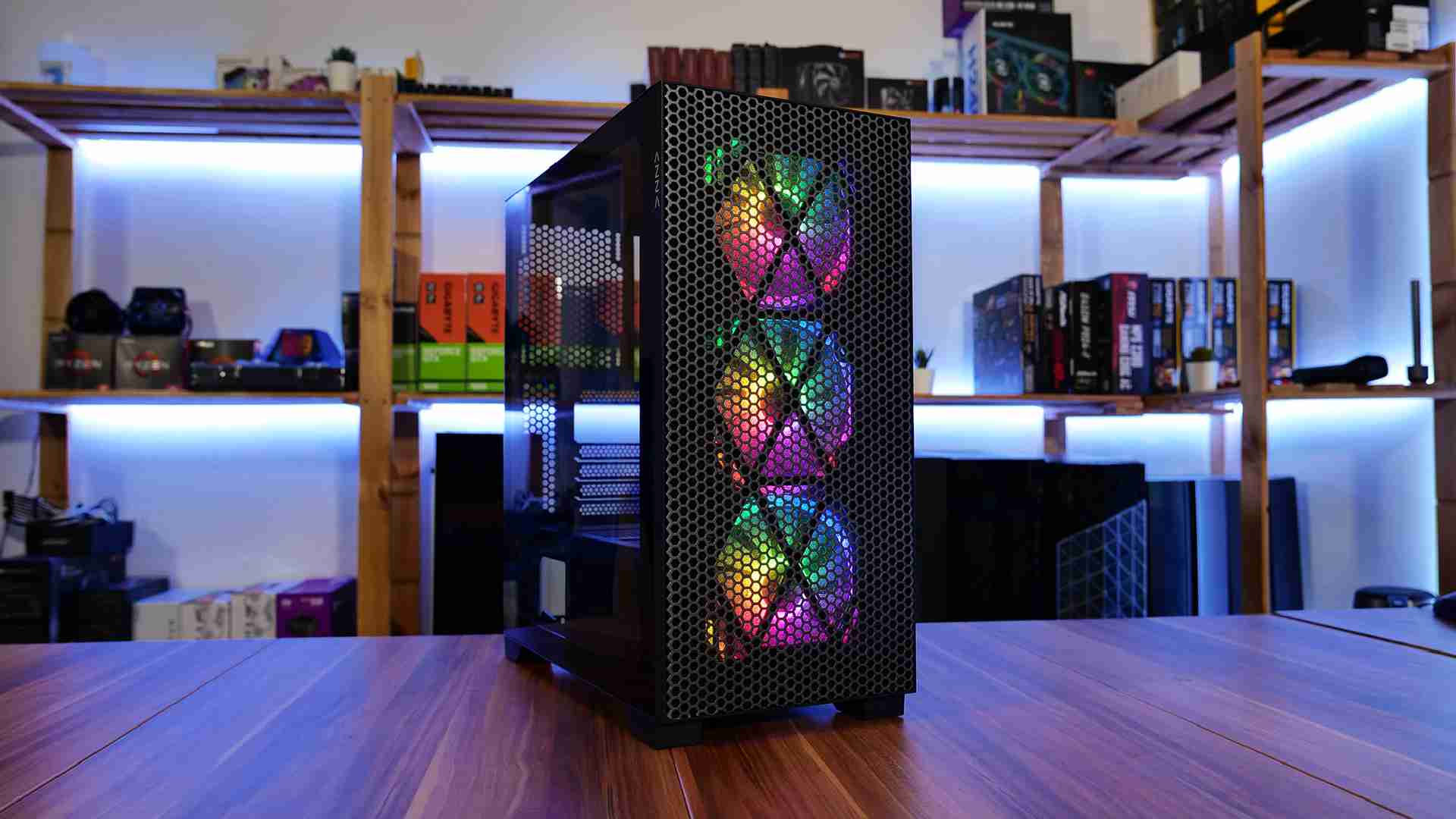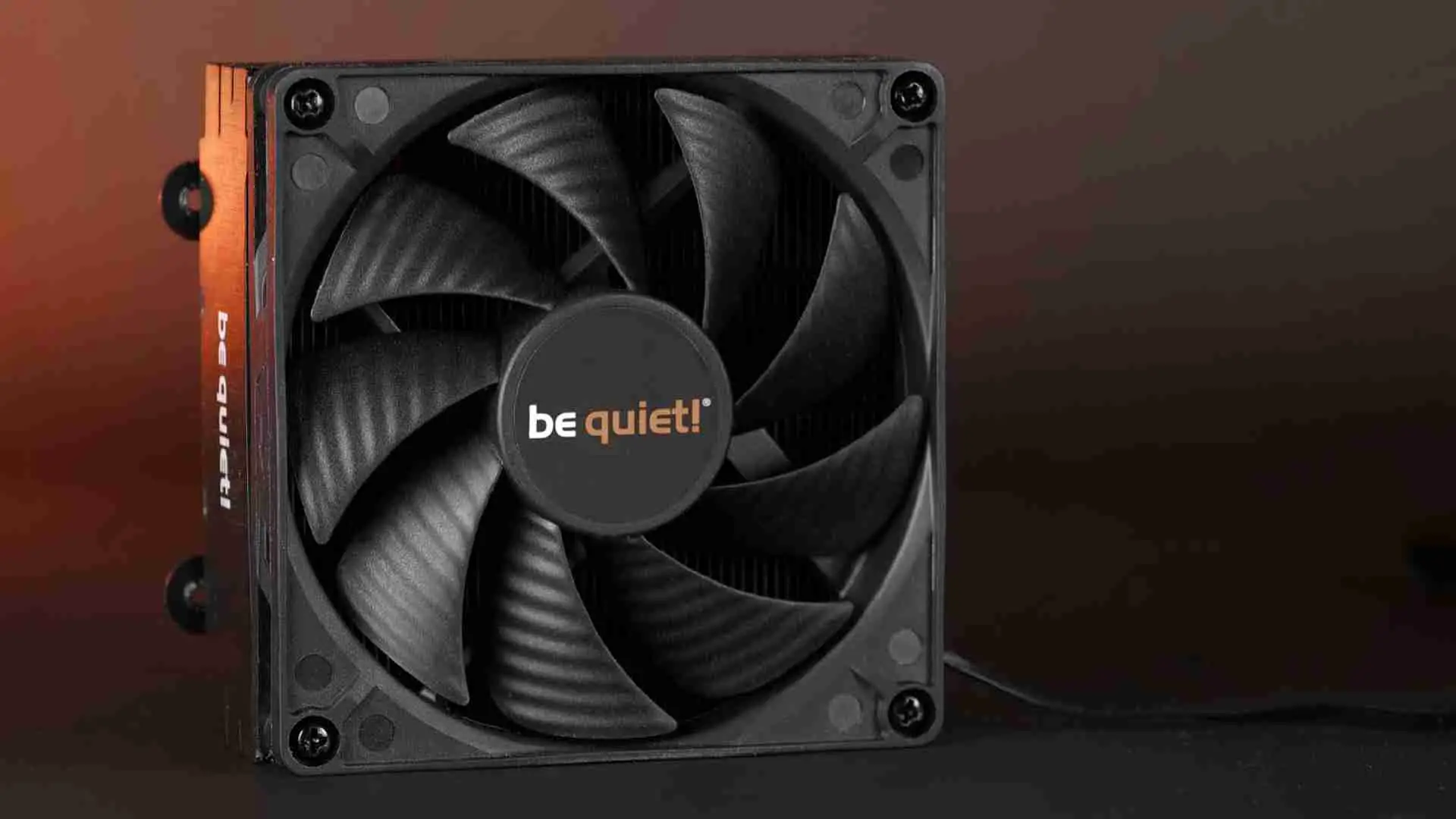Inter-Tech IM-1 Pocket Review
Introduction
The Inter-Tech IM-1 is no ordinary case. Being just shy of 21L in volume, it is an extremely small case while still offering the compatibility list which many Mid-Tower cases cannot. That being said, fitting all of that in such a form factor comes at the cost of complications. Therefore, before building inside the IM-1 it is crucial to triple-check every component in order to not end up with a part not fitting in. Let's boil it down!
Positive
- Size
- ATX Motherboard
- ATX PSU
- RTX 3000 Support
- High CPU Coolers
- Airflow
- Price
Neutral
- Feet
- IO
- Cable Management
Negative
- Watercooling
- Missing information in Manual
What's in the Box?
Once unboxed, we will find the case wrapped in a fabric bag and held in place by a couple of styrofoam blocks.
Unsurprisingly, just like any other case, this was about it for the unboxing experience.

Specs
The IM-1's spec sheet is incredibly long considering its size. That being said, many of the components that "can" be built in rely on the choice of various other components. Therefore, do take the complete Spec sheet with a grain of salt and refer to the Compatibility Section of this review in order to check how these are meant to be combined.
| Name | Inter-Tech IM-1 |
| Type | Mini-Tower |
| Mainboard Size | Micro-ATX, ITX |
| PSU Size | ATX, SFX |
| PSU Position | Motherboard Plate or Front Panel |
| Side Panel | Metal / Airflow-mesh |
| Front Panel | Metal |
| CPU Cooler Height | Up to 155mm / 88mm |
| GPU Length | Up to 335mm / 245mm |
| 2.5" Drives | 7x |
| 3.5" Drives | 5x |
| IO | 2x USB 3.0, Audio In/Out |
| Dimensions | 303x185x391mm (HxWxD) |
| Fan Spots |
2x 120mm on the Top 2x 120mm in the Bottom 2x 140/120 on the central bracket 1x 80mm in the back |
| Watercooling |
Up to 240 in the bottom *make sure to check out the water cooling section Up to 280 on the central bracket |
| Extras |
The case can be inverted Vertical GPU Mounting option |
io

In terms of IO, Inter-Tech went with 2x USB 3.0 as well as Audio in and out located on the IO Panel in the front of the case.
Even if it is not the most up-to-date IO, we can still consider it as "ok" considering that the IM-1 is a case build for the Budget Oriented market.
CABLE MANAGEMENT

When it comes to Cable management, we can summarize it with a single word: none.
But before you judge the case in that regard, please keep in mind that this is supposed to be a -almost- small form factor case with every component being in a single chamber. As with every other case being build in this manner, we have had so far, it is perfectly normal to not offer any cable management options, as it is not possible.
You will find a couple of zip-ties spots here and there inside the case, but like any other case of that type, precaution is better than being angry later on. Use a fully modular Power supply and everything should be alright.
A positive aspect of this case is the fact that it is all metal. Meaning that nobody will see it anyway. Though this should not mean that you can just push every cable inside, don't forget that there are still Fans (everywhere).
Compatibility

The compatibility of this case is one of the most complicated we have ever seen.
In order to structure this part, we will group it component by component and list every restriction which its choice inflicts on the rest of the build.

PSU
Inside the IM-1 we can use ATX as well as SFX power supplies. By default, both brackets are pre-installed. Keep in mind that the SFX bracket needs to be removed in order to install an ATX Power supply.
An SFX PSU can be either mounted next to the motherboard tray or in the front of the case. Placing it in the front of the case limits the GPU size to 245mm.
According to the manual, using an ATX power supply limits the GPU length to 245mm. But we have found that using an extremely short PSU, it may still be possible to use 355mm GPUs if the PSU's cables are not coming out where the GPU will be.
Additionally, the usage of an ATX PSU comes at the cost of the upper-right Fan spot.

Motherboard
One of the headline features of the IM-1 is its compatibility with the MicroATX Motherboard size. Using this comes at a cost. The Bottom Fan mount will no longer support Radiators (though only use this in a reverse build). and it is no longer possible to use the PSU position next to the motherboard (which will then come at the cost of 355mm GPU support).
Using an ITX Motherboard does not come at any cost.

Vertical GPU Mounting
Mounting the GPU Vertically limits its size to 255mm if an ATX PSU has been used, or if an SFX PSU has been mounted on the front panel.
Additionally, this way of installing a GPU limits the CPU cooler height to 88mm and comes at the cost of the back fan mount.

Bottom Fan/Drive Spots
The bottom Fan/Drive Spots are only usable in combination with a Mini-ITX Motherboard, or if the lowest PCI/e port has not been used on a MicroATX Motherboard.

Fan/Drive Bracket
As the potential Fan or Drive spots are being shared among the two types of devices, using one of them comes at the cost of the other.
This does not apply to the 2x 2.5" drive spots located in the front of the case behind the front panel.
Each Fan bracket can hold onto 2x 120mm Fans or 2x 140mm for the Central Bracket.
Generally, using any device on these brackets does not come at any cost.
With a compatibility list this complicated, we want to remind you that this is a 21L case. Even if this does not classify it as a Small-form-factor, it is still incredibly small. The choice of components should be made carefully.
Cooling

Even though the case is tiny in its proportion, its cooling capabilities are outstanding.
2 Fans in the Bottom, 2 Fans in the Top, and 2 Fans on the Central bracket. An amount that is sometimes not even met by mid-tower cases.
While that's already impressive on its own, the complete case is covered in mesh-like holes, making it easy for the fans to get air in and out of the case.
The inside of each Panel is additionally covered in a mesh dust filter that can simply be pulled off of it in order to clean it later on.
Watercooling

The Watercooling support inside the IM-1 is a very complicated topic.
According to the manual, there are 2 different spots where a radiator can be mounted.
The first one would be the Central Panel with an up to 280mm Radiator.
We tried this approach and can confirm that it "can" work. But we had major issues due to the bending degree of the tubes, which in the end, either blocked off the fans or pressed severely on the GPU. Therefore we do not recommend using this approach.

The second spot mentioned in the manual would be the bottom fan/drive bracket.
Here the Radiator can be mounted just like inside any other case. The only thing that needs to be made sure of is the height of the Radiator and Fans as the GPU will be sitting right above. An AIO like an NZXT Kraken or any Arctic Liquid Freezer will not work if a dedicated GPU is being used.
Do not follow blindly follow this approach
Using this method in combination with an AIO would end up with the Pump being positioned above the radiator, ending in Air being sucked in by the pump. This would lead to bad temperatures, severe pump noise and end up with a total pump failure at some later point.
But this can still be saved.
While the small form factor of this case may have created this issue, its versatility is able to save it. By unmounting the IO Panel, re-mounting it at the bottom of the case, and putting on every Side/Top/Bottom Panel in reverse, we are able to completely reverse the case upside down.
Because of the Symmetrical design of the IM-1, this cannot be seen from the outside, but it repositions the Radiator at the top, meaning that the pump can work with the best possible position.
Additionally, while using the GPU in the Vertical position, it also eliminated the Height restraint of the AIO, making the usage of an NZXT Kraken / Arctic Liquid Freezer possible again.

That being said, we still do not recommend using Watercooling equipment inside of the IM-1. Even though a reverse build makes it possible, it still involves many complicated steps. Therefore we are recommending sticking with CPU Air Coolers.
Design

When it comes to design, the most obvious feature of this case would be the Metal look. No RGB, no Tempered Glass side panels, just plain greyish metal.
A design approach like this in a time of omnipresent Unicorn power may seem like a bad thing, but we do appreciate the simplicity of a case like this.
Overall the Matt Grey finish does provide a clean- look while not sticking out too much in any environment.
Installation

Though the compatibility check is a complicated process, building a System inside of the IM-1 is surprisingly easy and straightforward.
Comparable to something like a Lazer3D LZX-8, there are no complicated steps. Everything is located inside one single chamber, and the complete building process just requires you to put everything into it.
Conclusion

All in All, we were extremely impressed with the IM-1 case. It may have its flaws like the Watercooling support, but it still manages to have space for full-sized RTX 3000 cards, numerous Fans or Drives, ATX Power supplies and Motherboards, beefy air coolers, and much more.

To make things better, the Build quality is really good. Everything is made out of thick metal and comes apart by using simply click-in systems. Nothing moves what is not supposed to and everything feels like a premium product.
And then there's the price. Being set at less than 60€, the IM-1 is surprisingly affordable considering its size. Comparing it to other cases in this form factor, the IM-1 either tops them by price or by feature set.
For all of these reasons, we can absolutely recommend this case for anybody who wants to go for a case that small. Just keep in mind that it is small and you will need to triple-check which components you want to combine.


Scythe Fuma 2 Rev.B Review
Scythe has been one of the most underappreciated CPU Cooler and Fan manufacturers for way too long. Lets take a closer look a
Read More
be quiet! Shadow Rock 3 Review
In this review we will have a closer look at be quiets Shadow Rock 3, a Air cooler which is supposedly part of be quiets mid-
Read More
Azza Hive 450 Review
Azza-s Hive 450 Case is focused on Airflow while having a sleek design! Lets see if it can hold up to our expectations
Read More
be quiet! Pure Rock LP
The ultra small SFF CPU cooler market is really hard. Not only do you have very limited space to work with, but condensing al
Read More